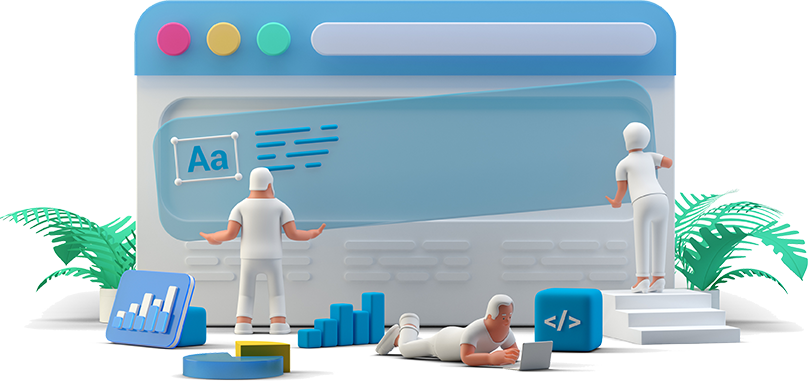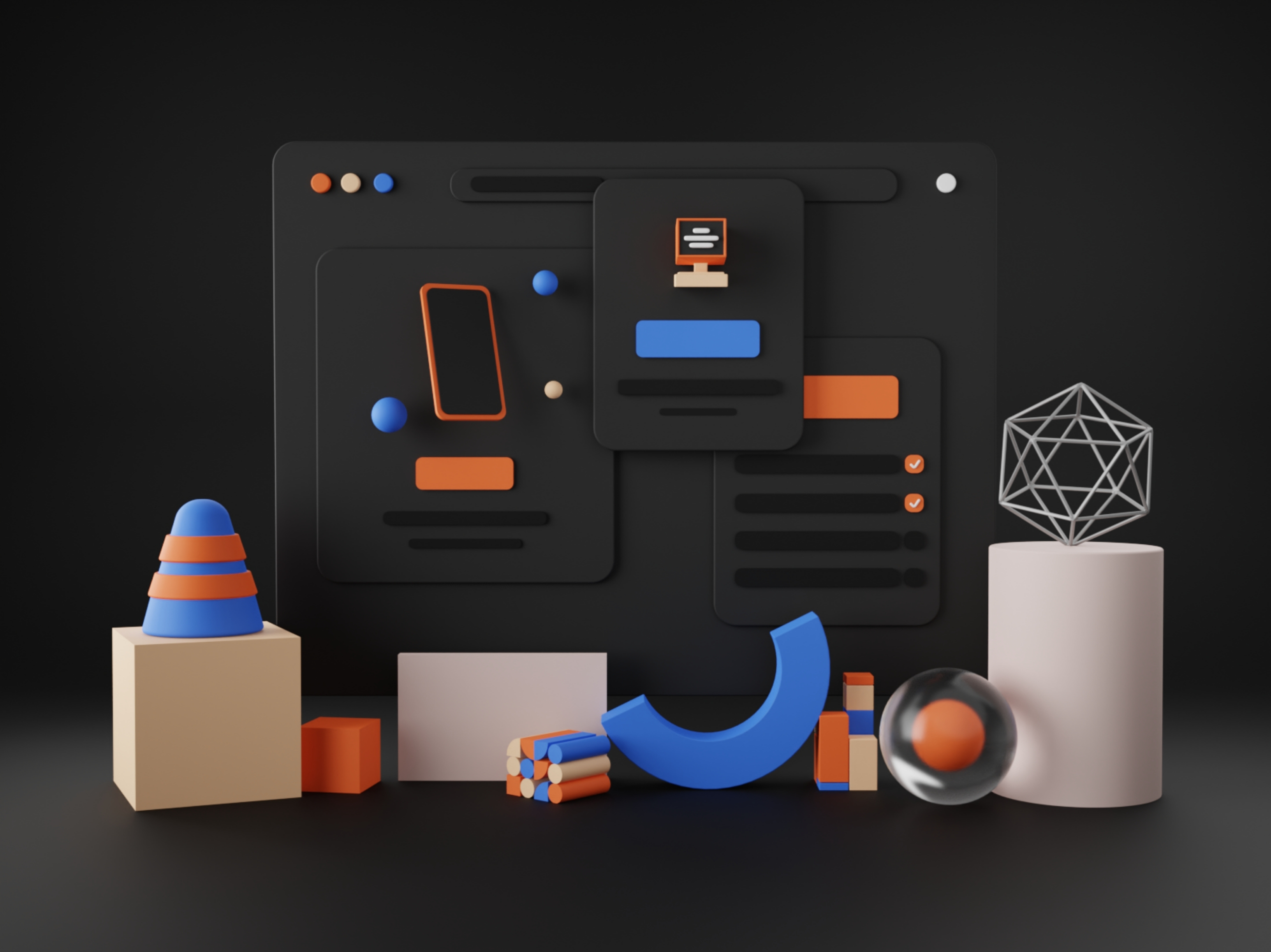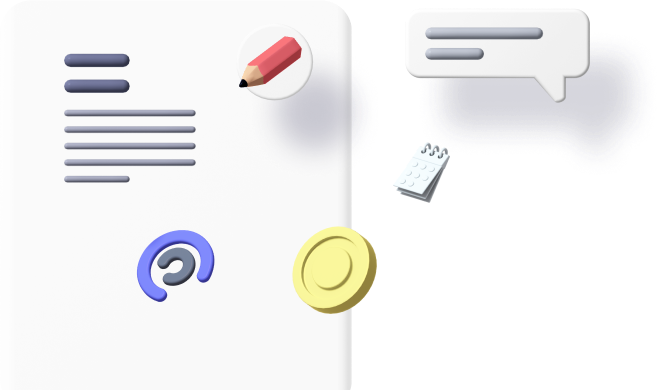Prototype Development
Begin by conceptualizing your web application's core idea and features. Create a prototype that outlines the application's layout, navigation flow, and basic interactions.
Development Tools:
Adobe XD, Figma, Sketch
Building a comprehensive web application prototype involves a series of well-defined steps, each crucial to creating a seamless user experience.
Begin by conceptualizing your web application's core idea and features. Create a prototype that outlines the application's layout, navigation flow, and basic interactions.
Development Tools:
Adobe XD, Figma, Sketch
UX design focuses on crafting an intuitive and user-friendly interface. Conduct thorough market research to understand user needs and expectations.
Development Tools:
Adobe XD, Figma, Sketch
Translate the design into functional frontend code using HTML, CSS, and JavaScript. Choose a frontend framework like React, Vue.js, or Angular to streamline development.
Development Tools:
React, Vue.js, Angular, Visual Studio Code
Develop the server-side logic that powers your web application. Choose a backend language and framework based on your expertise and project requirements.
Development Tools:
Node.js (with Express), Python, Php
Choose a suitable database management system (DBMS) for storing and retrieving data. SQL databases like MySQL and PostgreSQL are common choices for structured data, while NoSQL databases like MongoDB suit unstructured data.
Development Tools:
MySQL, PostgreSQL, MongoDB
The best approach to building a web application prototype is to follow a systematic and iterative process.
Development Tools:
Jest, Mocha, Jasmine



At the heart of our services lies the art of crafting digital experiences that transcend boundaries and captivate audiences. Through our seamless fusion of design, code, and development, we bring your visionary concepts to life, transforming them into immersive digital realities.
Ideas hold the power to shape the world, and our Design, Code & Development services are geared towards transforming these ideas into tangible digital realities.




User experience (UX) and user interface (UI) design play a pivotal role in creating captivating and user-friendly digital experiences. UX focuses on the overall feel and functionality of a product, while UI concentrates on its visual appeal and interactivity. These disciplines work hand in hand to craft seamless and engaging user journeys.
Frontend development serves as the creative and interactive face of web applications and websites, focusing on the user interface and experience. It's all about crafting an engaging and visually appealing environment that captivates users from the moment they land on a webpage. As a frontend developer, your mission is to bring designs to life, making them functional and user-friendly.
Backend development handles the behind-the-scenes operations of a website or web application. It involves server-side logic, database management, and ensuring smooth communication between the frontend and the server. Backend developers play a pivotal role in ensuring the functionality and security of the digital experience.
Custom software development involves creating tailored solutions to address specific business needs. This approach ensures that the software aligns perfectly with the organization's processes and goals. The process includes:
Mobile app development involves creating applications for mobile devices like smartphones and tablets. This is a dynamic field with a focus on user experience and platform compatibility. The process includes:
3D web development involves creating interactive and immersive experiences using 3D graphics on the web. Two prominent tools in this realm are Blender and Three.js:



We understand startups because we are one. Elevate your user experience with our tailored UX solutions.


Are you ready to revolutionize your development process? Introducing Speedup Development AI Tools – your ultimate companions in the world of accelerated software creation. In the era of rapid technological advancement, harness the power of artificial intelligence to supercharge your development journey.
“ChatGPT: Elevate your communication game with ChatGPT, the ultimate AI conversational partner. Say goodbye to writer's block and hello to seamless interactions. ”
“ DALL-E: Unleash your imagination with DALL-E, the AI artist that brings your visions to life. Transform your ideas into stunning visuals and designs that push the boundaries of creativity. ”
“ Figma's Design Assistant: Introducing your new design confidant: Figma's Design Assistant powered by AI. Say goodbye to design dilemmas and hello to intuitive creativity. ”


We will get back in touch with you soon.







